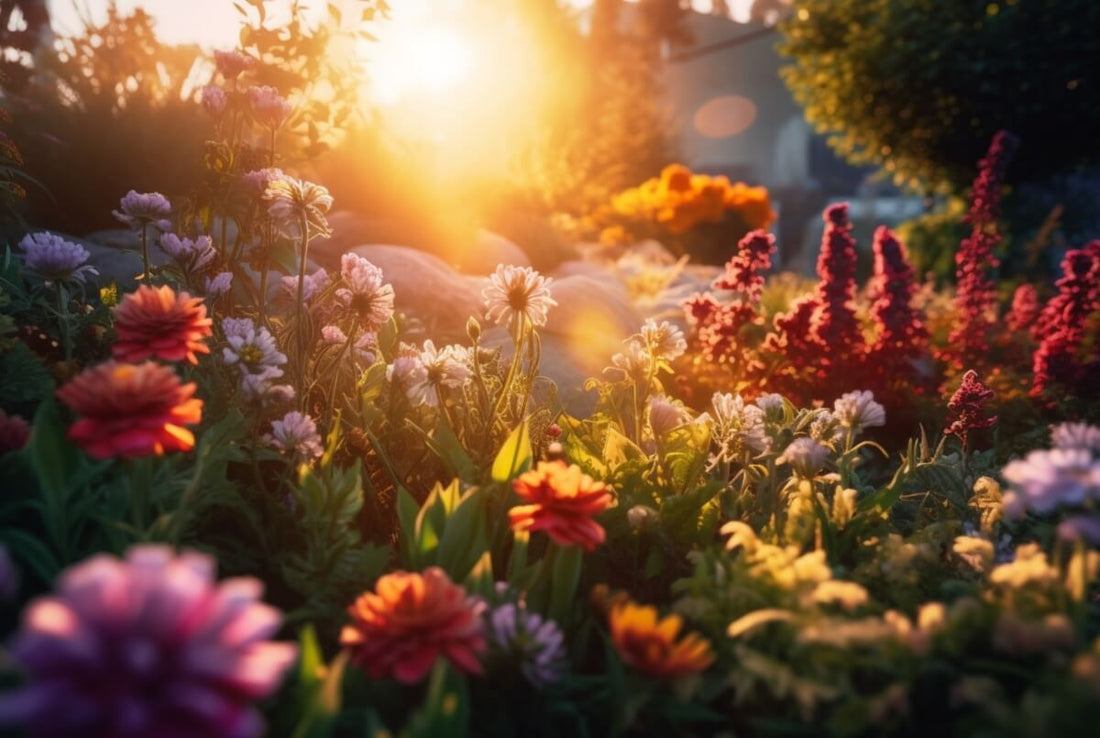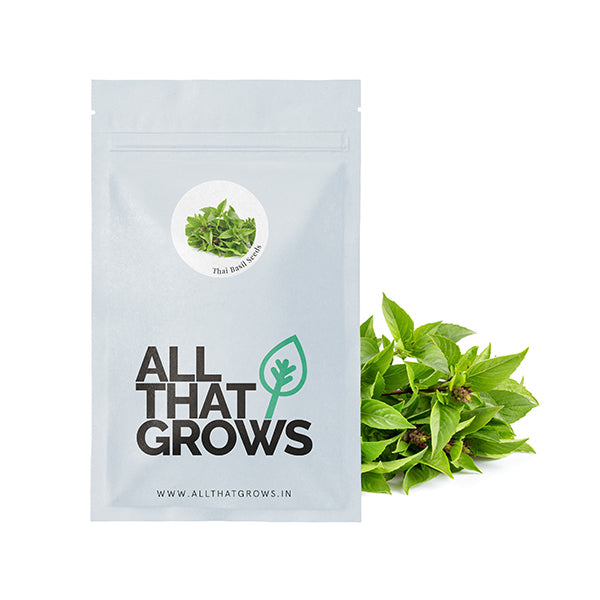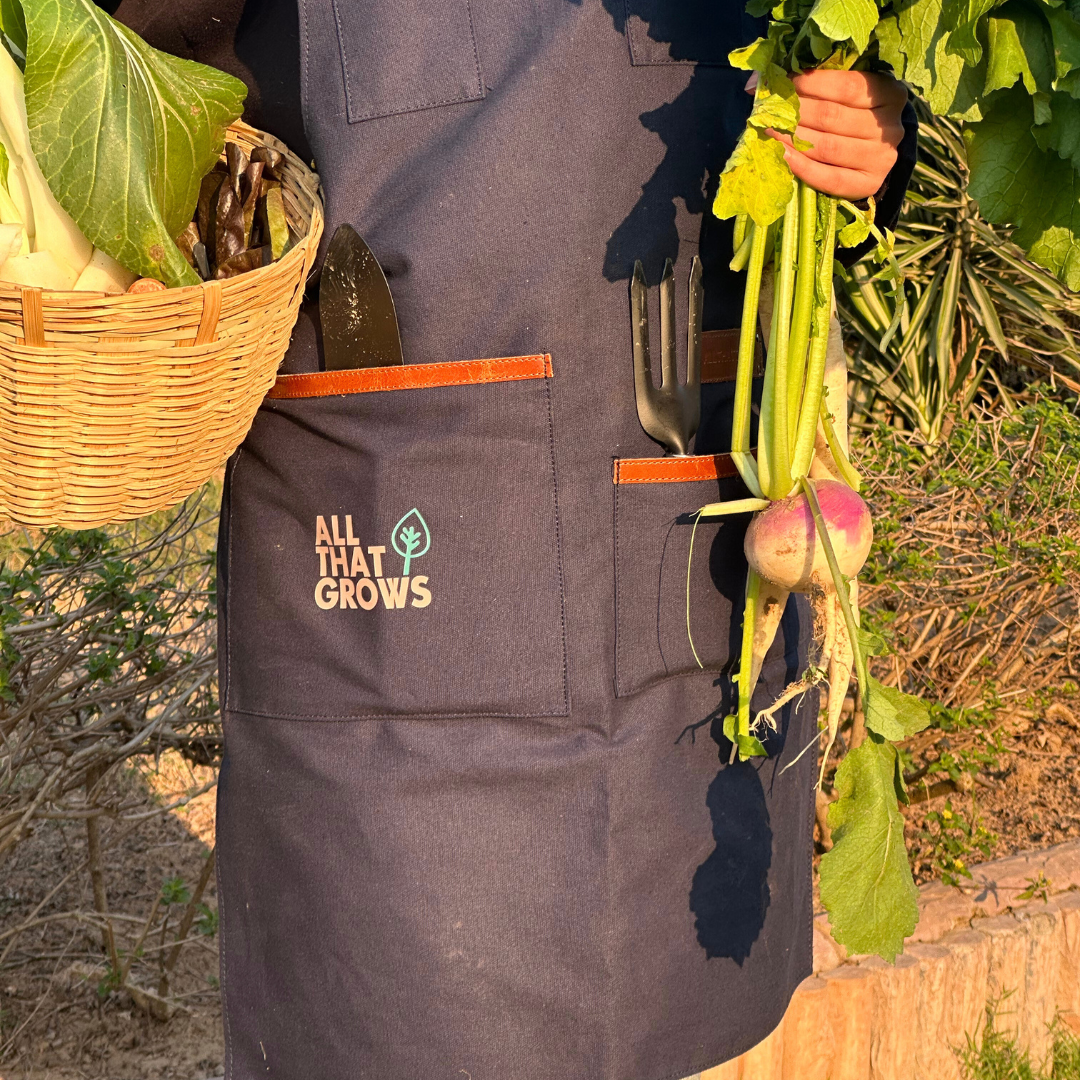Your Complete Guide to Sun Exposure in Indian Gardens
Previous PostSunlight is everything when you think about how plants produce energy to grow or in simple terms how they make their food. Understanding the intricacies of sun exposure is essential for successful gardening.
Whether you are growing a self-sufficient kitchen garden, just a few aromatic herbs on a windowsill, or creating a lush lawn to sit around with your family, sunlight is vitally important. From the scorching heat of summer throughout India to the foggy winters, each season brings its unique challenges. In this comprehensive guide, we delve into the importance of sun exposure, its types, minimum requirements for vegetables and herbs, and address common FAQs to help you cultivate a thriving garden.
What is Sun Exposure?

Sun exposure refers to the amount of sunlight a plant receives over a given period. It determines the growth of all flora or plants in that particular area. The hours of direct sunlight have a significant impact on every plant's growth, development, and overall health.
Why is it Required for Plants?

As we’ve all studied in our textbooks for years and years now, sunlight is essential for photosynthesis, the process by which plants convert light energy into chemical energy, fueling their growth and development. Adequate sunlight ensures proper nutrient absorption, sturdy stems, vibrant foliage, beautiful flowers, and a bountiful harvest.
Types of Sun Exposure:

Let us help you understand the kind of sun exposure that your home garden or your balcony garden gets. Sun exposure can broadly be divided into the following four categories:
- Full Sun Exposure: Six hours or more of direct sunlight. Generally occurs from late morning to mid-afternoon.
- Partial Sun Exposure: Approximately four to six hours of direct sunlight each day. Typically occurs during early morning or late afternoon.
- Partial Shade Exposure: Limited direct sunlight, two to four hours per day. Occurs during the early morning or late afternoon.
- Full Shade Exposure: Less than two hours of direct sunlight each day. Mostly occurs in shaded areas or under dense tree cover.
Minimum Sunlight Requirement Chart for Vegetables and Herbs:
| Vegetable/Herb | Sun Exposure Required | Minimum Hours of Direct Sunlight Required |
|---|---|---|
| Tomato | Full Sun | 6+ |
| Basil | Full Sun | 6+ |
| Cucumber | Full Sun | 6+ |
| Spinach | Partial Sun | 4-6 |
| Mint | Partial Sun | 4-6 |
| Coriander | Partial Shade | 2-4 |
| Radish | Full Sun | 6+ |
| Capsicum | Full Sun | 6+ |
| Fenugreek | Partial Shade | 2-4 |
| Lettuce | Partial Shade | 2-4 |
| Carrot | Full Sun | 6+ |
| Okra | Full Sun | 6+ |
| Green Beans | Full Sun | 6+ |
| Thyme | Full Sun | 6+ |
| Dill | Full Sun | 6+ |
| Eggplant | Full Sun | 6+ |
| Chilies | Full Sun | 6+ |
| French Beans | Full Sun | 6+ |
| Parsley | Partial Shade | 2-4 |
| Broccoli | Full Sun | 6+ |
FAQs about Sunlight and Gardening:

These are some of the most common questions we get from our family of home gardeners on email and social media. We’ve tried to answer them in the most simple way possible.
1. Can any vegetable grow in full-shade areas?
Answer: Sadly no, most vegetables require at least partial sun exposure to thrive. Only a few leafy greens and herbs can tolerate full shade.
2. Is there such a thing as too much sun in a vegetable garden?
Answer: Yes, too much of anything is detrimental to growth. Excessive sunlight can lead to sunburn, wilting, and reduced yields. Providing shade during the hottest part of the day during summer can help protect plants from excessive heat.
3. How can I protect my plants from too much sunlight?
Answer: Use shade cloth, erect temporary structures, or plant taller crops to provide shade to sun-sensitive plants during peak sunlight hours.
4. I want to grow a flower garden, what kind of sun exposure do I need to have?
Answer: Most flowering plants prefer full sun exposure for optimal growth and blooming. Ensure they receive at least six hours of direct sunlight daily.
5. What about houseplants, do they need sunlight?
Answer: Yes, maybe not as much as the vegetable or flowering plants but most houseplants require sunlight for photosynthesis and growth from time to time. Place them near windows or under grow lights to ensure they receive adequate light at regular intervals to avoid fungal issues etc.
That's the gist of it, wrapped and delivered. Understanding the local sunlight exposure in your area is crucial for successful gardening. By choosing the right plants and providing the appropriate sun exposure, you can create a flourishing garden that delights throughout the seasons.











Leave a comment